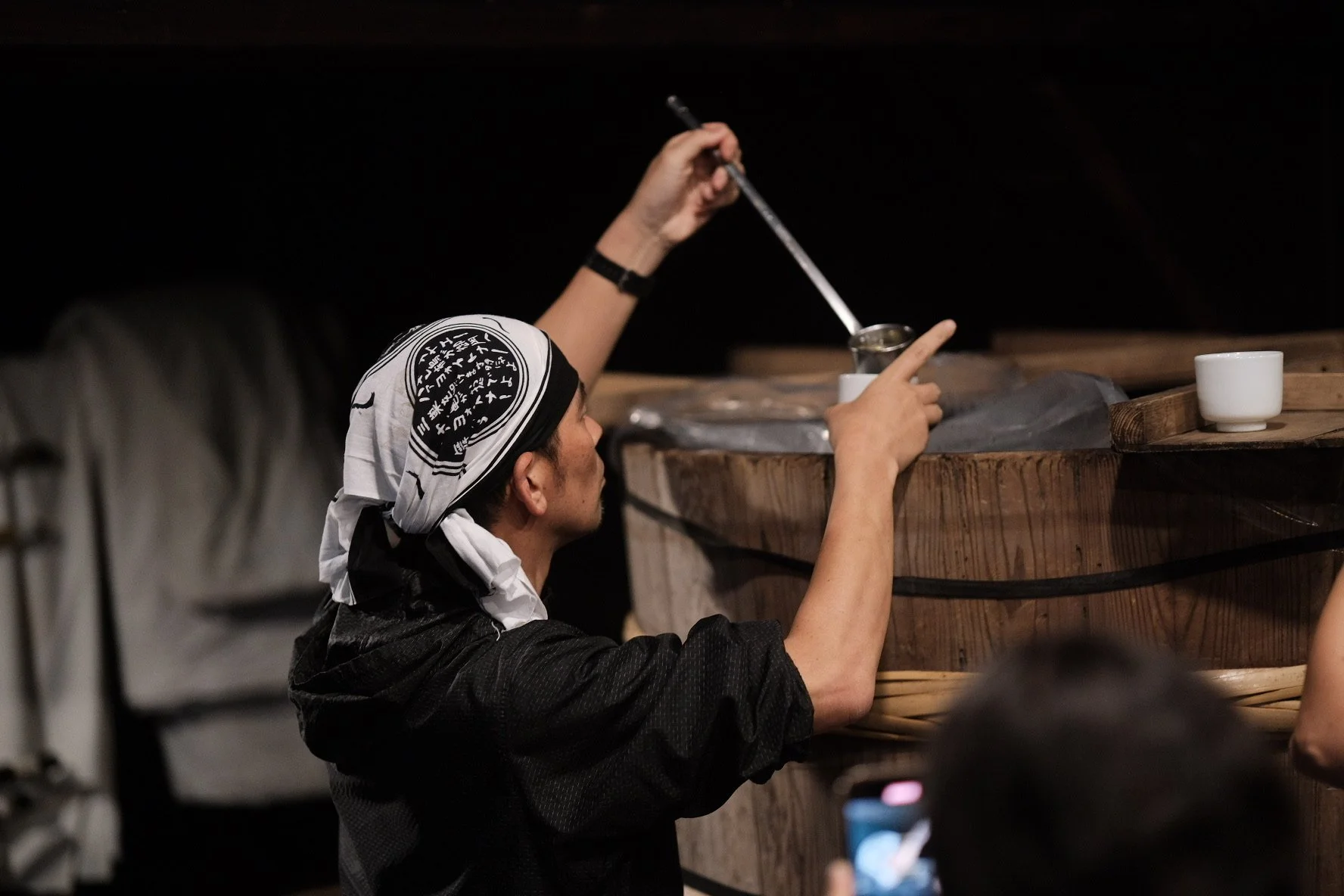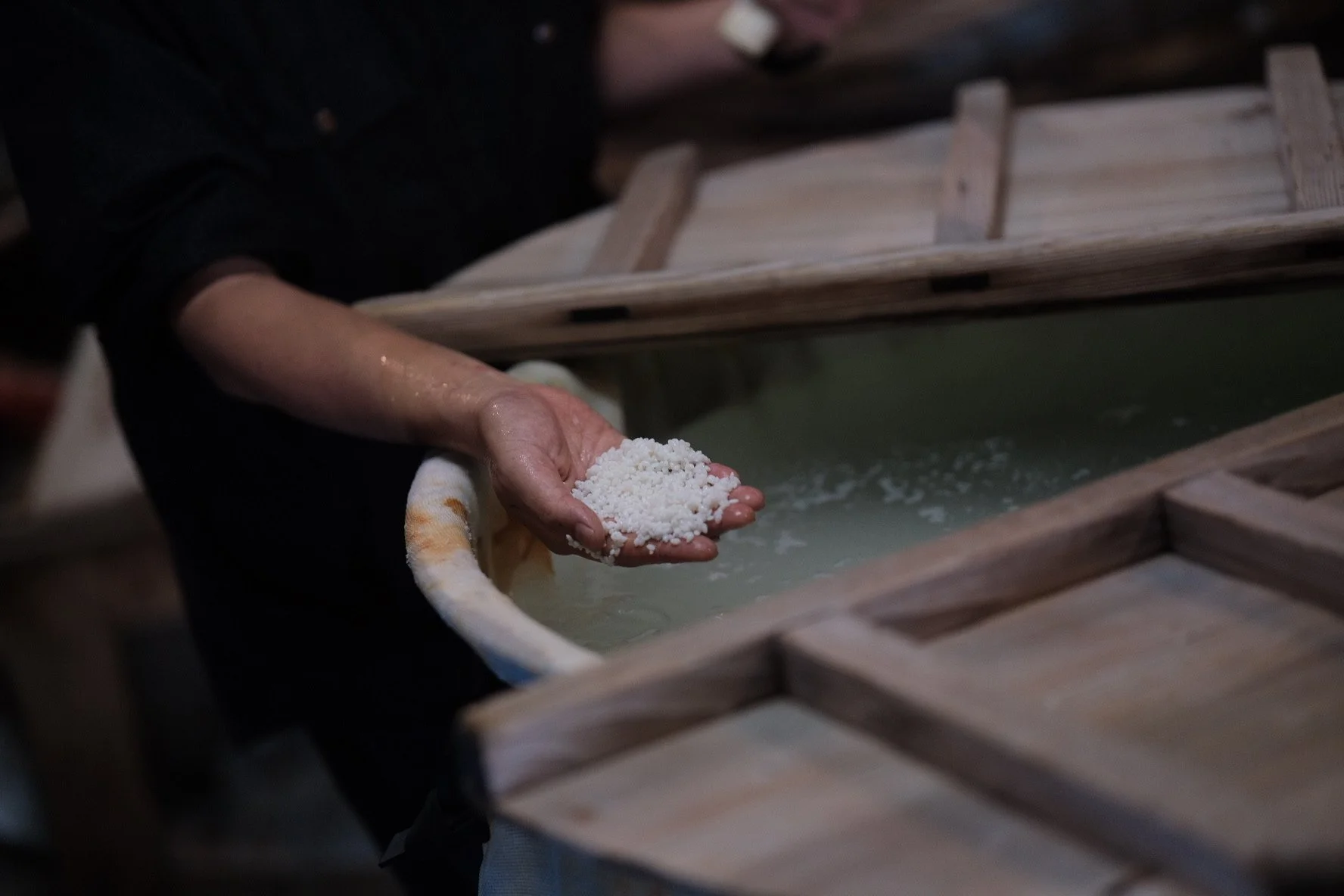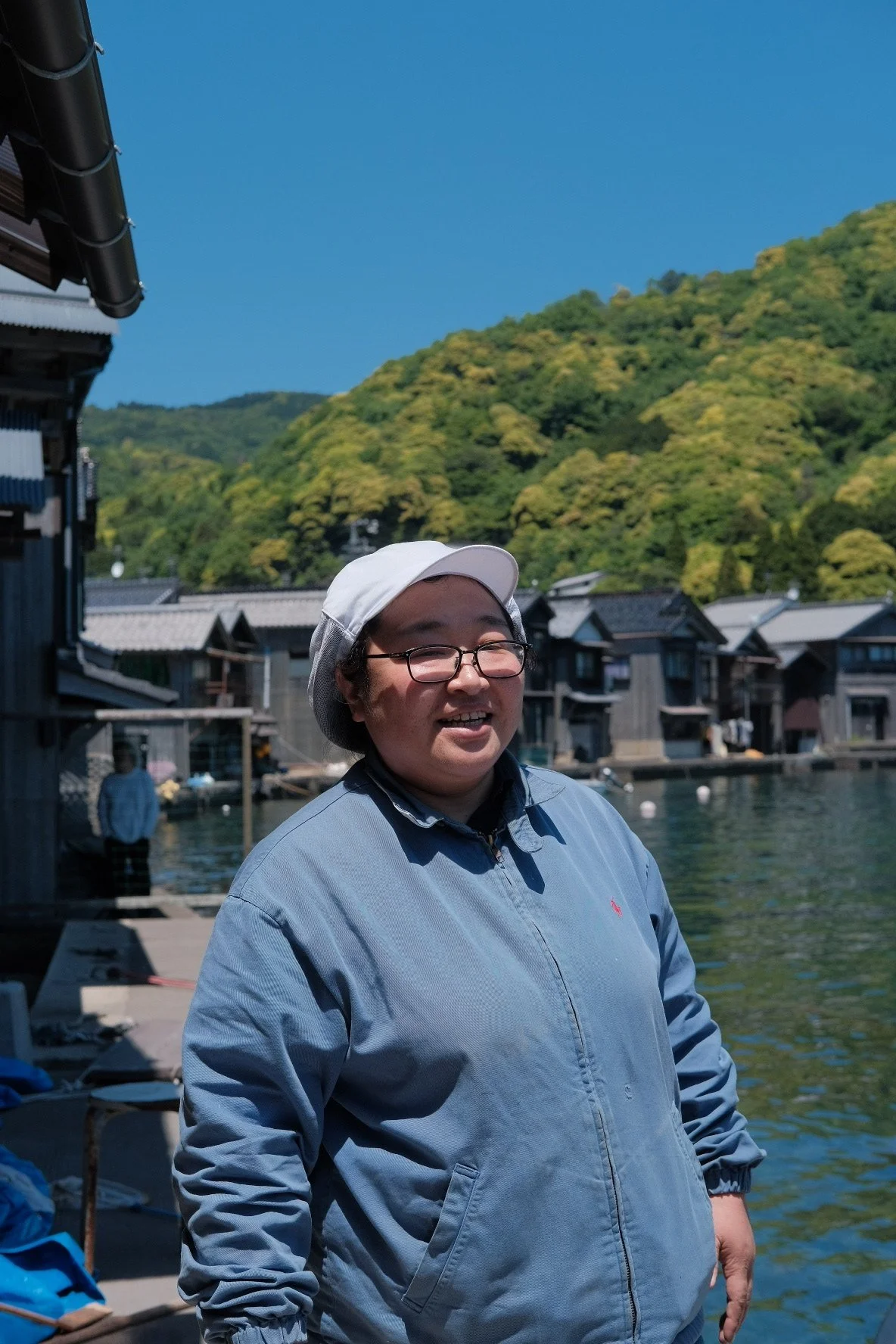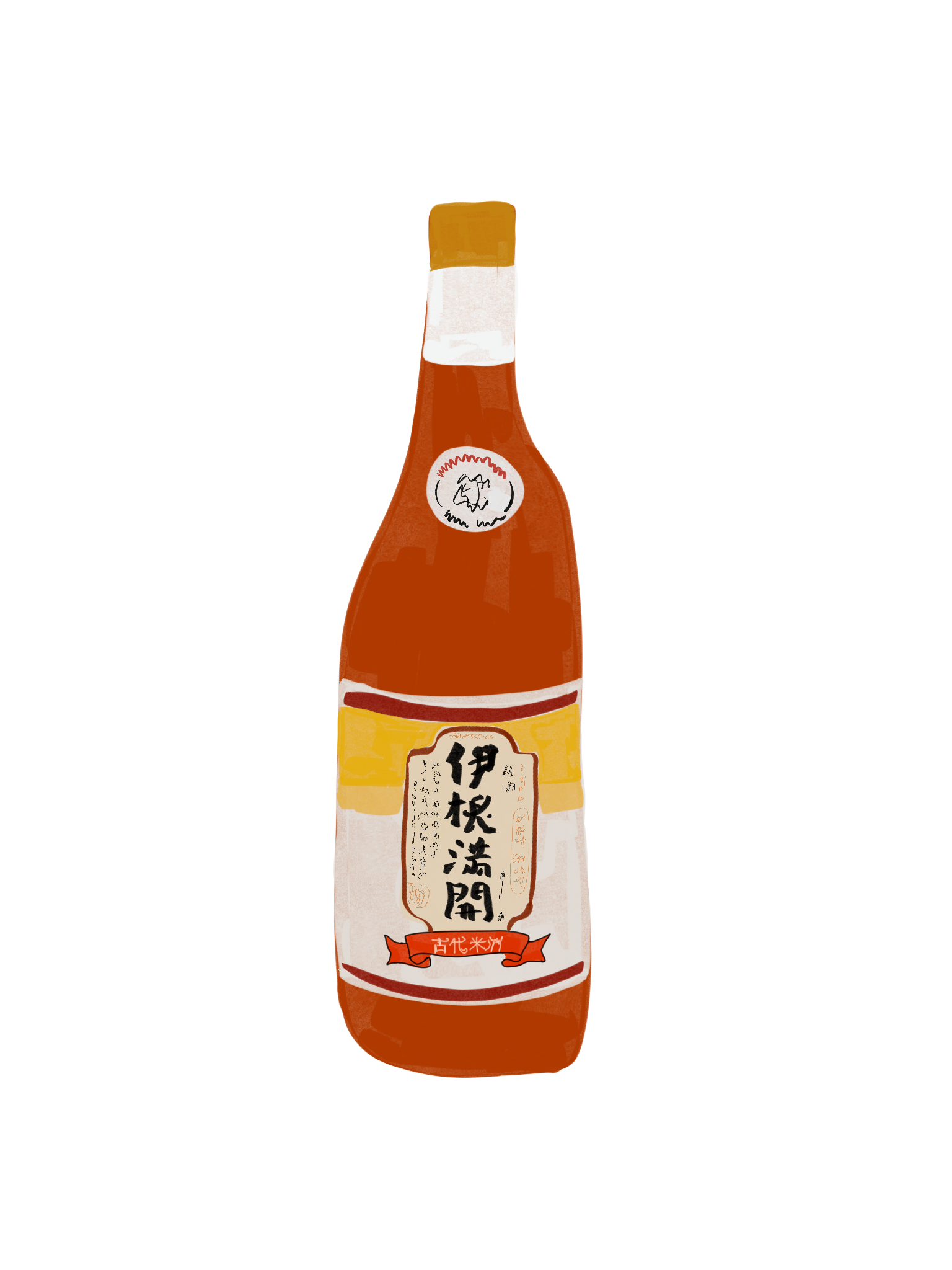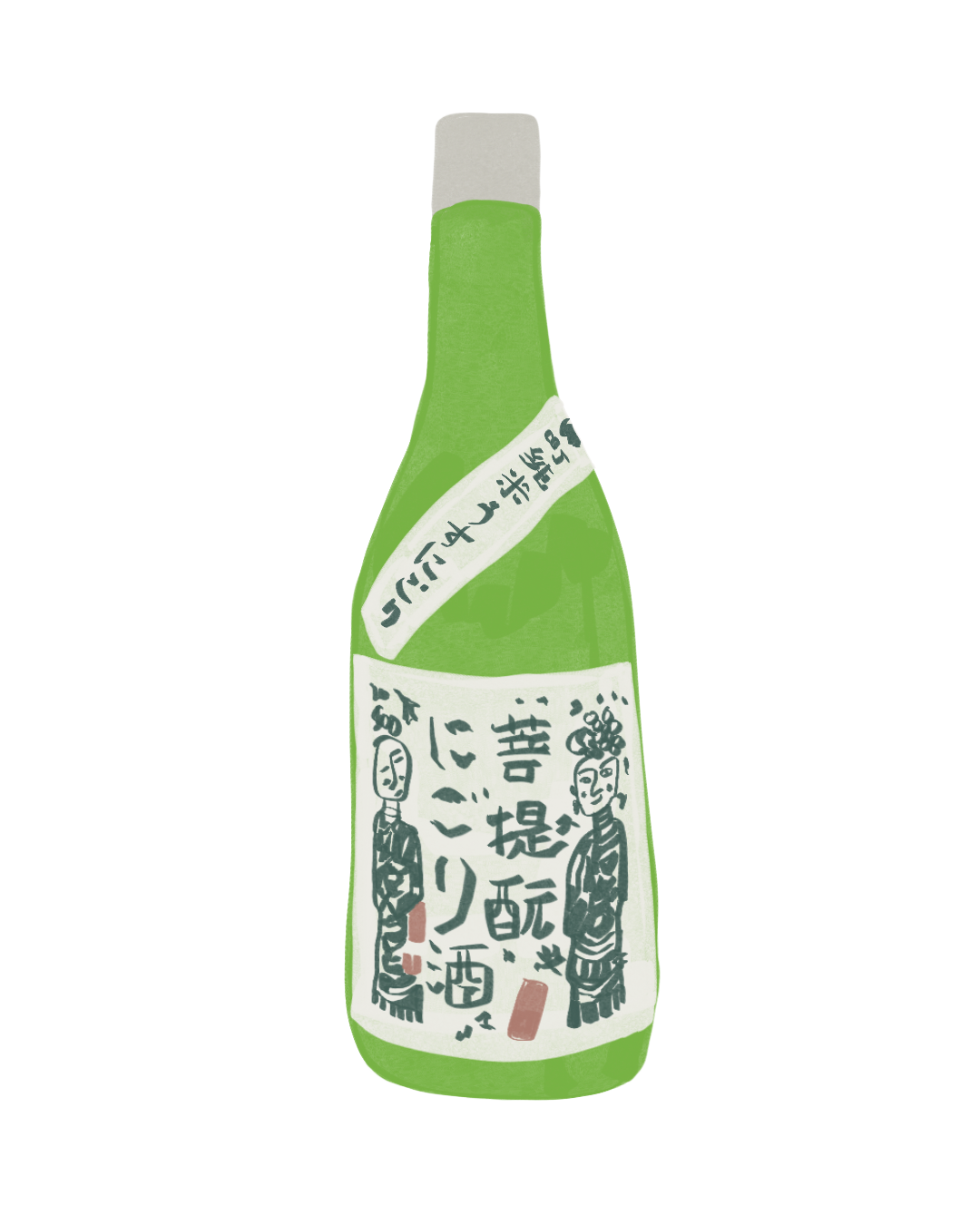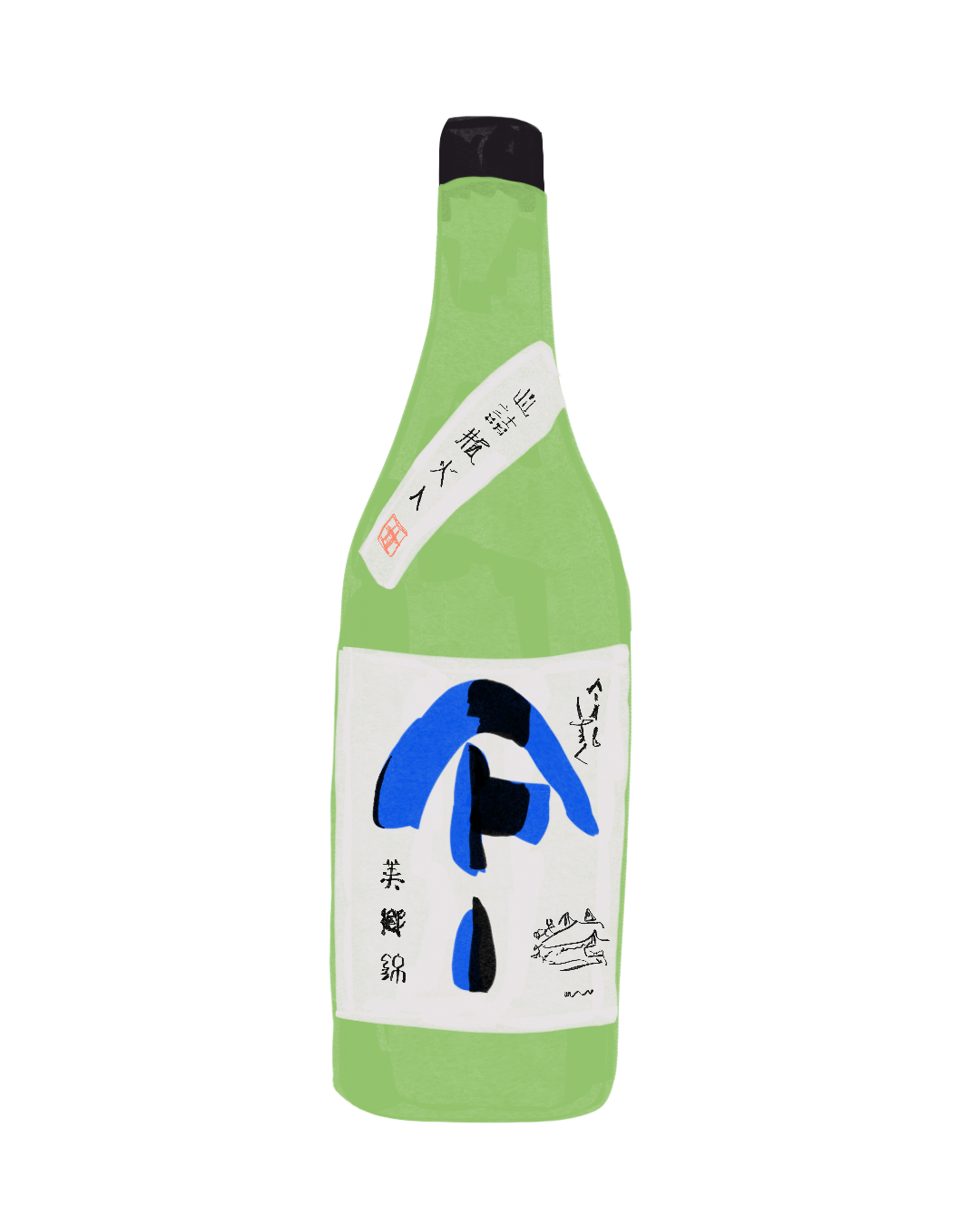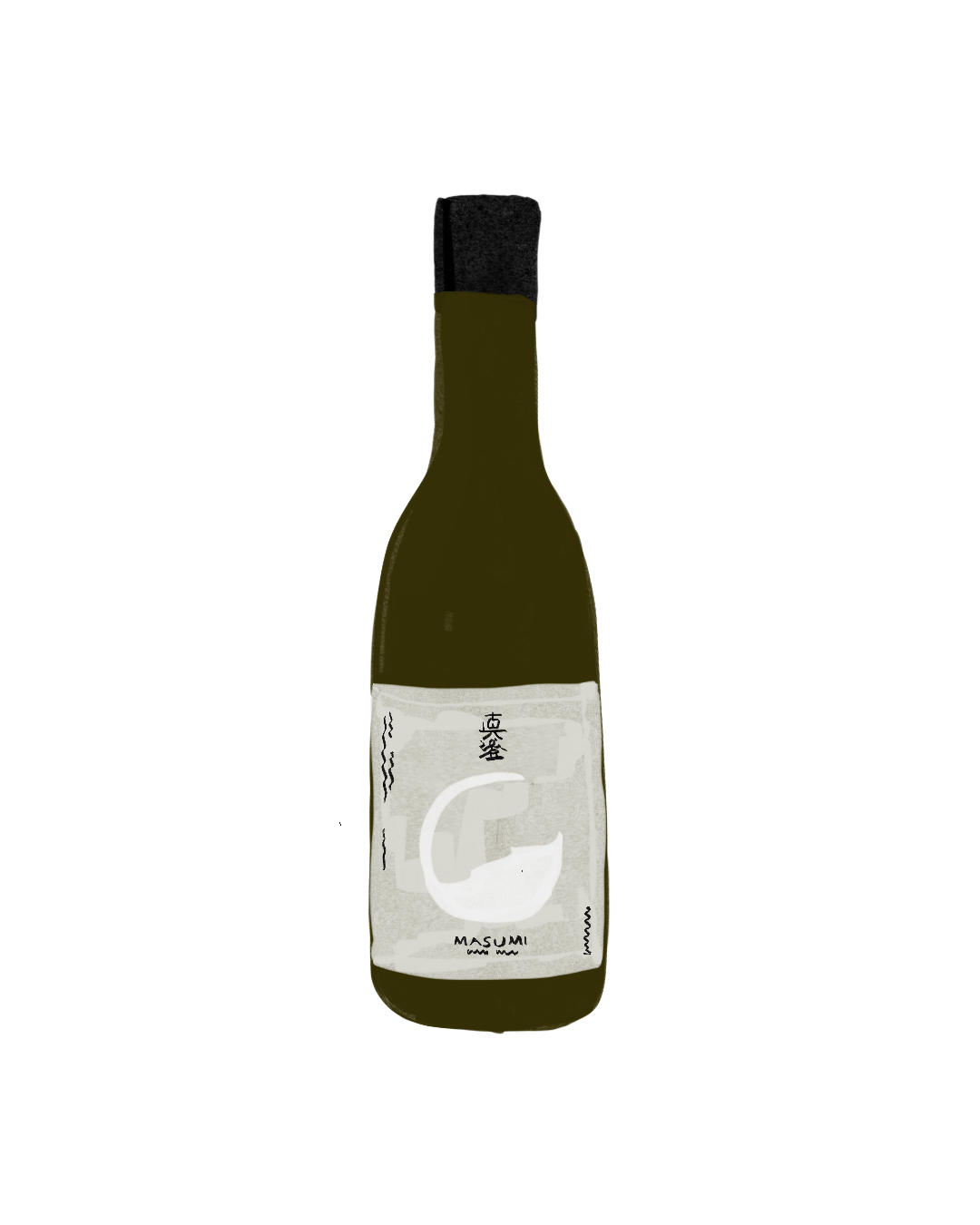A Beginner’s Guide to Sake for Wine Drinkers
Photo by George Padilla
You may have noticed your favorite wine bar put a sake or two on their menu. Or you saw your local wine shop create a section on their shelves for new sake arrivals. Or maybe, you spotted cans of sake at The Lot Radio on your most recent visit. Slowly but surely, sake has entered your line of vision and you're curious.
Trying something new can be daunting. Getting into sake when you’ve already dedicated your drinking years to wine is a bit like trying to learn Spanish after taking over 6 years of French. There are similarities, and the vocabulary you’ve learned over the years can often be transferable. However, if you really want to explore sake, it’s essential to go back to the basics, which, in this case, are tailored to wine drinkers.
What is Sake and How is it Made?
Despite the ever-present term “rice wine,” sake isn't just wine made from rice. Sake is, and always has been, its own separate product: a rice-fermented beverage that is brewed, originally (and mostly) in Japan.
Unlike wine, which benefits from having sugar and yeast all in one little grape, sake is made from rice, a grain that, on its own, has no fermentable sugars. In order for rice to become sake, it requires a special ingredient called koji, a rice mold, which you might be familiar with from its culinary applications in soy sauce and miso. Koji’s role in sake making is to convert the starchy core of the rice to sugar, so yeast can eat the sugar and make alcohol. The uniqueness of sake is that this starch-to-sugar fermentation is happening at the same time as the alcohol fermentation — a process altogether called multiple parallel fermentation (a term sake professionals share proudly). This process, along with many other decisions the brewer makes along the way, is what makes sake a craft beverage: it wouldn’t exist without the careful intervention of skillful brewers.
Photo by George Padilla
Sake Categories: A Work in Progress
The process of discovering sake would be infinitely easier if the basic categories were as clear as wine’s (white, red, rosé, sparkling and sometimes orange). In order to keep up with the diversity of sake being imported to the United States, sake professionals are moving away from the traditional categorization of sake, which is dictated by how milled or polished the raw ingredient is (Rice Polishing Ratio), and coming up with creative alternatives. Alyssa Mikiko DiPasquale, owner of Boston’s first sake bar, The Koji Club, says, “10 years ago when I was teaching sake at O Ya, a Japanese restaurant in Boston, I always taught in the major categories by milling ratio, because that is how every menu in the United States was written… But those are almost obsolete at this point.”
As sake producers do their best to compete on an international level, young brewers, and seasoned experts alike are creating new styles of sake to keep up with modern times. “There’s an explosion of categories like fruit sake, aged sake, sparkling sake, low ABV sake and sake using alternative yeasts,” Alyssa notes. These newer categories are all on the rise, arguably to appeal to a wider audience with palettes that might be used to higher acidity and more fruit vs umami. But even still, they do not represent sake as a whole. This is why Alyssa changes her menu at the Koji Club seasonally, allowing her to feature both modern and traditional styles of sake based on the general “vibe” of the bottle. She asks herself, what would I like to drink right now, in this moment? versus, How much of the rice is remaining after polishing it?
Photo by George Padilla
Finding Your Perfect Bottle
As the sake industry considers how to make sake terminology more palatable to the average consumer, it’s still possible to explore different styles based on what you already like to drink. Yumiko Munekyo, owner of sake import company Sake Suki, says that when she finds sommeliers interested in craft sake, she will often use wine terms to help them understand it. When looking for sake, especially at first, using terms you already know from your knowledge of wine (light bodied vs full bodied, fruity or mineral-y, sweet or dry) will definitely help you, or the professional helping you, find a bottle to your liking.
In sake, there isn’t the same emphasis on rice varieties as there is in wine with grape varieties, nor is there as much of an emphasis on regionality — but the industry is evolving, especially with the latter. The National Tax Agency of Japan introduced a “Geographical Identification (GI)” system, much like wine appellations, in the 1990s. As of March 2024, there are 26 GI’s in Japan — 11 were created in the past four years.
Photo by George Padilla
If we’ve learned anything from wine appellations, it can often be restrictive for producers and stifle creativity. However, in some cases, when it comes to sake, they can help demystify the beverage. Chris Gomez, Beverage Manager & Sommelier at Sushi Noz, uses regionality as a way to connect with his guests. For example: “It’s not exactly like wine, but if someone asks for a dry sake, I’ll pour sake from Niigata prefecture, which is known for its dry sake — it’s a pretty safe bet.”
Sake & Food Pairings
If you’ve grown up around wine drinkers, you may have learned about wine pairings by osmosis: “White wine with white fish, red wine with steak.” Sometimes we’re familiar with the parameters before we’re even of drinking age. Sake, on the other hand, pairs so well with food, there almost are no rules.
Traditionally, sake was brewed to be consumed alongside local fare. In Hiroshima, for example, Miho Imada brews Fukucho's “Seaside Sparkling,'' a slightly bubbly, almost pet-nat style, sake with bright minerality. It’s a great match with Hiroshima’s west coast oysters.
Similarly, in a fine dining setting, Gomez takes it another step further: “Sake pairings are kind of a 1+1=3 situation.” He feels that when he pairs a sake with a dish, sake’s inherent umami “enhances the flavor but also completely turns the dish into something different.”
Sake and food just makes sense. If there were ever a time to take the plunge and buy a bottle of sake over your go-to bottle of wine, it’d be on your way to a dinner party, maybe even a pizza party, to be enjoyed with a group of friends —low risk, high reward.

